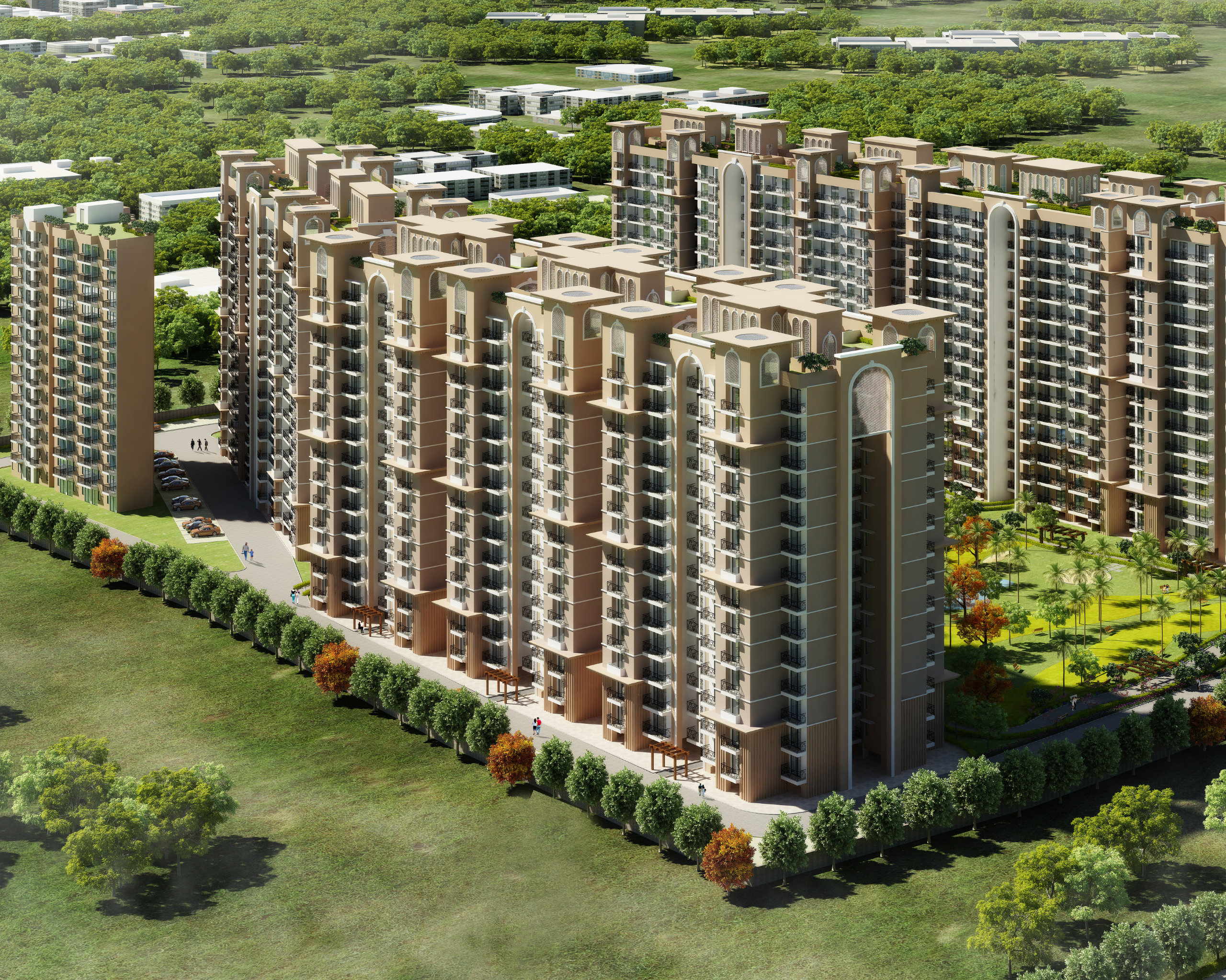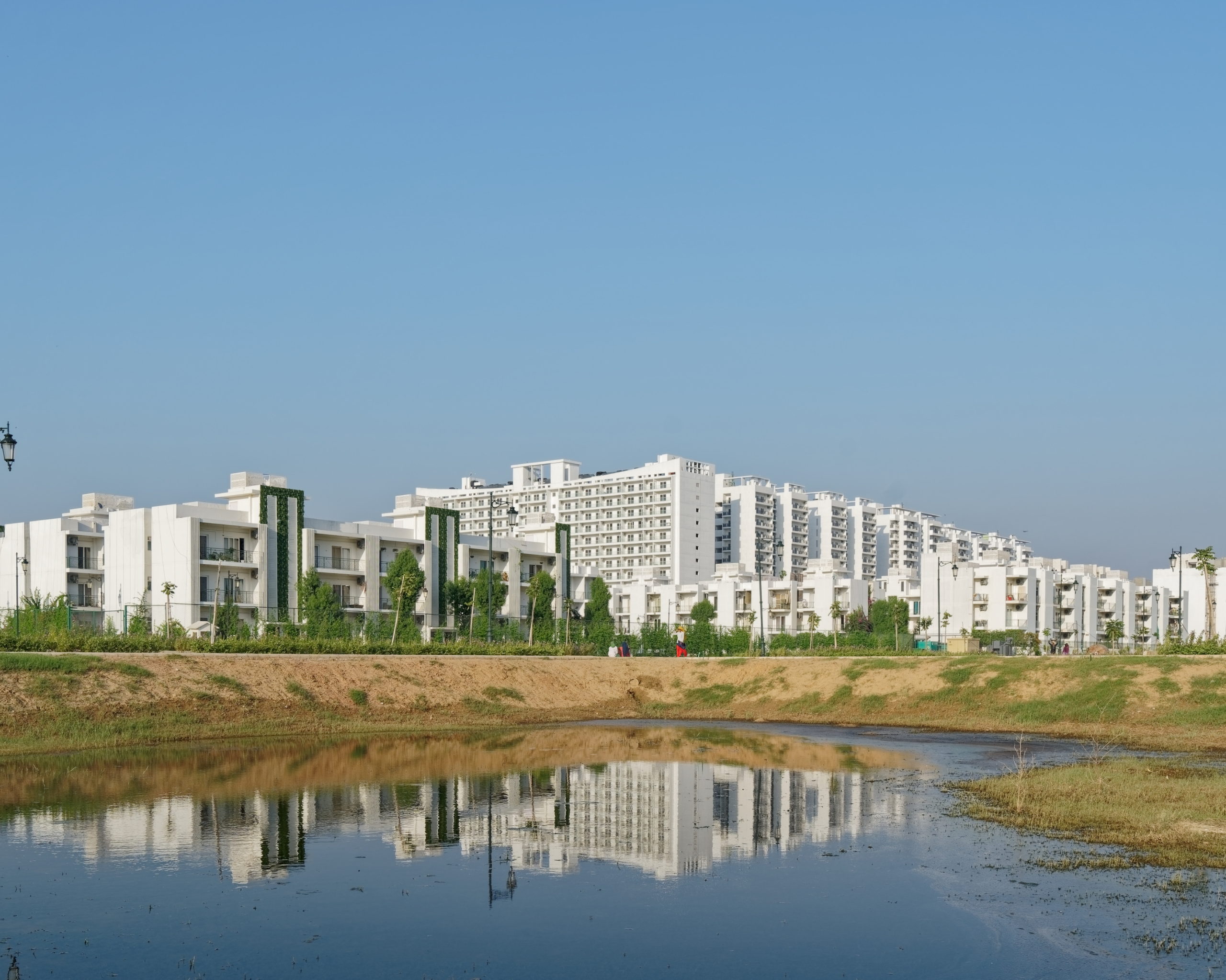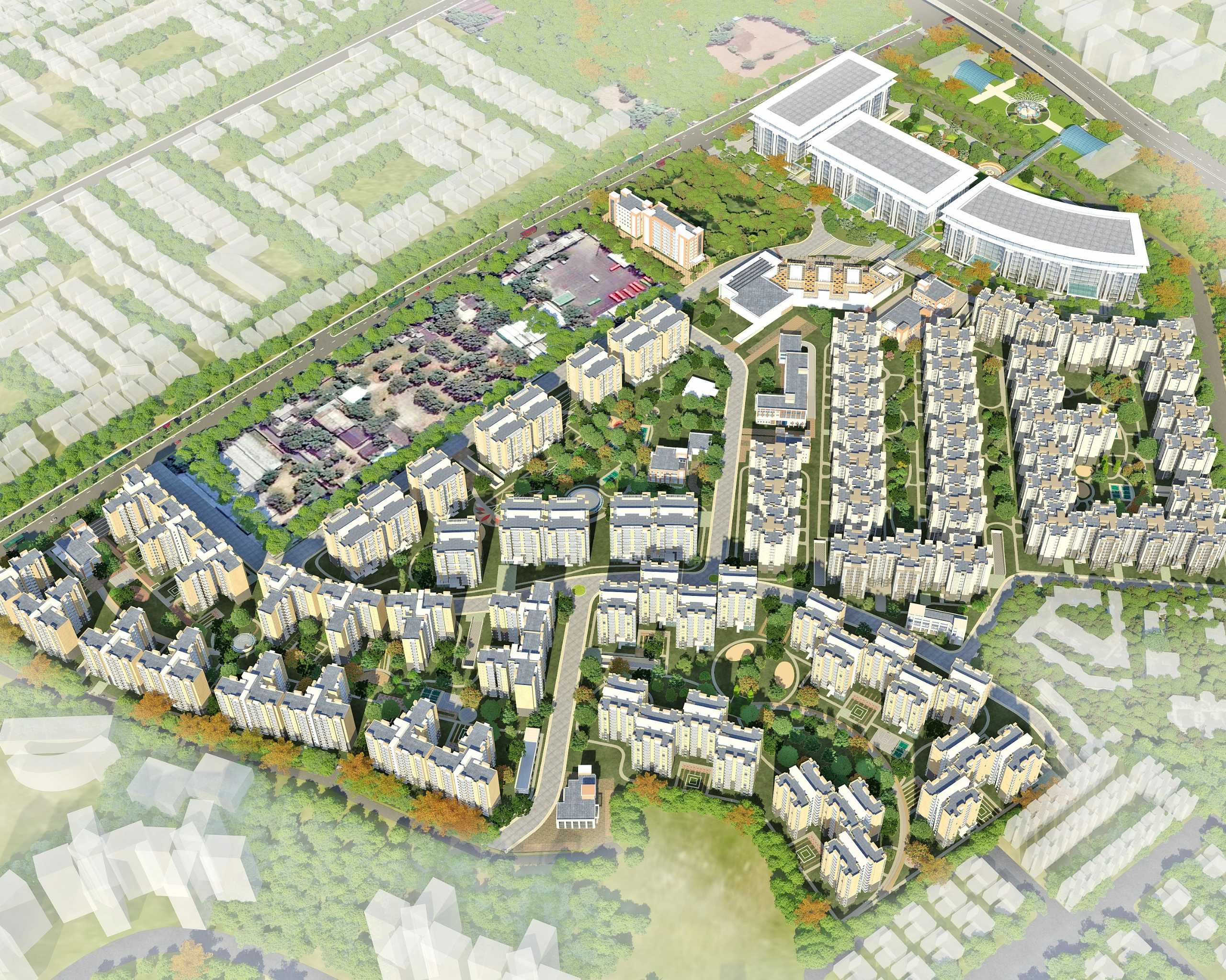Affordable Rental Housing: Ease of Living for the Urban Migrants and the Poor

Like every other industry, the real estate sector took a significant blow due to the nationwide lockdown during the Covid-19 pandemic. Regrettably, due to the mass exodus of migrant labourers, the plight of the housing needs of the labour force became apparent. The staggering task of urban expansion requires long-range sustainable planning solutions for creating housing, open space, and adequate infrastructure. However, the evolution of cities that urban population growth entails cannot be contained merely by such horizontal expansion; instead, it must make sufficient room to accommodate it in more innovative, inclusive and sustainable models.
Increasing slums and the lack of housing for the migrant population have highlighted the need for the government to provide incentives to developers to build low-cost and affordable housing for the masses. In response to the migrant crisis, The Government of India has taken various measures to meet the increased demand for affordable housing, resulting in the promotion of public-private partnerships (PPP) for the development of these units. With schemes like PMAY, and DDJ, the affordability of residential units is on the rise, and with the introduction of efficient and innovative design solutions, the value of these affordable homes can be highlighted multiple times. In addition, the evolution of construction technology has reduced the cost of construction and is speeding up the process dramatically. Therefore, the acceptance of newer construction technologies is also a key driver in the housing segment.
Studies worldwide have shown that denser cities produce a lower demand for energy, indicating that India’s urbanisation has the potential to help rather than hinder the efforts to cut carbon emissions. Conceding that green development is catered and resourced to the populace with adequate infrastructure, the vertical living model has massive potential to reduce the per-capita carbon footprint and bring about a revolution in the affordable housing infrastructure.
It is essential to maintain a balance of key elements to create a synergy between efficient construction technology and implement newer sustainable technologies to improve the quality and nature of the construction processes for affordable housing towers. The key challenge is to produce the maximum number of dwelling units in minimum time and at optimum cost using efficient technologies such as prefabrication and modular design and deliver ready-to-live-in houses with speedy, economical and better-quality construction in a sustainable manner. Additionally, the structural details must be designed to meet the durability and safety requirements of applicable loads, including earthquakes, cyclones, and floods, according to the applicable Indian/International standards.
Setting up a sensible rhythm between High-rise designs, effective space planning, and a conducive environment is necessary to set up newer benchmarks. The growing importance of homeownership and the shift in housing requirements will undoubtedly lead to better days and a quicker pace of revival in the coming years.




